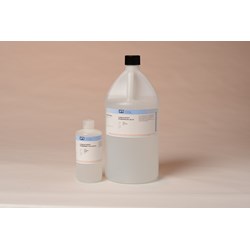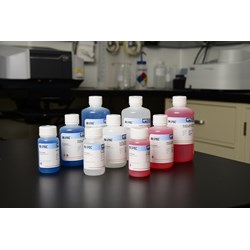
In recent years, the use of cannabis has become increasingly popular for medical and recreational purposes across many states. Due to the federally illegal status of cannabis, there are currently no unified regulatory guidelines mitigating the public health risk of cannabis contaminants. As of April 2023, 38 states, three territories, and the District of Columbia have legalized cannabis products for medicinal use. And as of May 2022, 36 states and the District of Columbia listed 679 contaminants as being regulated in cannabis products. Different entities showed variations in regulated contaminants and action levels. This is, in part, due to the lack of standardized testing methods.
The cannabis plant is well-known for its hyperaccumulation of heavy metals, which leads to an increased risk of contamination. Heavy metals are toxic and can have serious health consequences, even at low trace levels, which is why it is essential to accurately identify and quantify these contaminants in cannabis consumer products.
Heavy metals are naturally occurring elements that are present in soil, water, fertilizers, etc. While some metals, such as zinc and iron are essential for human health, others (such as mercury, lead, cadmium, arsenic, and chromium) are highly toxic and can lead to a range of health problems. Some of these health problems include nausea, gastrointestinal issues, abdominal pain, and muscle weakness. More serious effects such as neurological disorders, kidney damage, and cancer may also be caused by heavy metal toxicity. Medical cannabis patients may have weakened immune systems and can be more susceptible to these harmful effects. Heavy metal contamination also poses an environmental risk and health risk to workers involved in the cultivation and production process. A common practice for heavy metals contamination testing can be seen in most labs, though as mentioned previously, there is no standardization. There are several methods for detecting heavy metals, which may vary in their sensitivity, accuracy, and cost.
The first step in testing for heavy metals in cannabis products is sample preparation since most samples are rarely ready for analysis. This involves obtaining a representative sample of the product and ensuring proper homogenization to evenly distribute heavy metal content. Initial sample homogenization methods vary depending on the sample type. For example, flowers may be ground into a powder, while oils may require solvent extraction. However, microwave digestion is the most common method used for heavy metal contamination detection sample preparation across a multitude of industries, particularly the cannabis industry.
Microwave digestion is a well-established technique used to convert solids into liquids. The solid sample is chemically digested using a trace or ultra-trace grade acid and heated in a closed container using microwaves to break down the sample. Increased temperatures and pressures allow for the complete digestion of samples at faster rates. This method aims to provide a complete solution of analytes without loss or contamination, as well as complete decomposition of the solid matrix. Much of the heating and digestion effect is due to microwaves increasing molecular rotation and ionic vibrations causing collisions that generate heat and energy. Frequently used mineral acids that help in digestion include hydrochloric acid, nitric acid, sulfuric acid, hydrofluoric acid, perchloric acid, and acetic acid with heavy metal contaminants in ppb and ppt levels. Often, stronger acids or higher temperatures are needed for harder-to-digest samples. For example, gummies may require the use of perchloric acid or higher temperatures and longer digestion times to become fully digested and able to be analyzed. After complete digestion and dilution of the sample, it is important to ensure the sample is clear and free of particulates. The sample is then ready for analysis and heavy metal contaminant detection. Some of the most used detection methods include:
- Atomic Absorption Spectroscopy (AAS): This method involves heating the sample and measuring the absorption of light against a standard to detect the element present.
- Inductively Coupled Plasma Optical Emission Spectrometry (ICP-OES): This method involves ionizing the sample and measuring the emission of light from heavy metal atoms. This method has a detection limit in the ppb range.
- Inductively Coupled Plasma Mass Spectrometry (ICP-MS): This method involves ionizing the sample and measuring the mass of ions using a mass spectrometer. This method has the lowest detection limit (ppt).
Metal contamination can be introduced at any step in the analysis process. It is important to try and keep this as contained as possible to ensure precise and accurate results. Things that can affect the purity of your analysis include the distillation process, the bottle of your reagents, gloves being used, jewelry, makeup, nail polish, etc. Limits of detection, limits of quantitation, and the detection method being used will dictate which acids, digestion methods, and the purity of reagents are needed.
The importance of heavy metal testing in cannabis products cannot be overstated, especially with the overwhelmingly increased use for medical and recreational purposes. As the legalization of cannabis continues to spread, it is crucial to ensure that cannabis products are safe for consumption and free from harmful contaminants, such as heavy metals. Sample preparation and testing methods such as AAS, ICP-OES, and ICP-MS can help accurately detect heavy metal contamination in cannabis products to guarantee safety and quality. By implementing rigorous standard testing methods and strict regulations, producers and providers can identify and eliminate sources of contamination and make certain their products are safe for consumption.
Citations:
- Basic principles of Microwave Digestion. (n.d.). Retrieved April 28, 2023, from https://www.lambda-at.com/basic_principles_of_microwave_digestion.html
- CEM Corporation. (2022). Solutions for Cannabis Testing. CEM Corporation.
- Comparison of state-level regulations for cannabis contaminants and ... (n.d.). Retrieved April 28, 2023, from https://ehp.niehs.nih.gov/doi/full/10.1289/EHP11206
- LaJeunesse, S. (n.d.). Cannabis may contain heavy metals and affect consumer health, study finds. Penn State University. Retrieved April 28, 2023, from https://www.psu.edu/news/research/story/cannabis-may-contain-heavy-metals-and-affect-consumer-health-study-finds/
- Marijuana legality by State. DISA. (n.d.). Retrieved April 28, 2023, from https://disa.com/maps/marijuana-legality-by-state
- Zerihun, A., Chandravanshi, B. S., Debebe, A., & Mehari, B. (2015, July 16). Levels of selected metals in leaves of Cannabis sativa L. cultivated in Ethiopia. SpringerPlus. Retrieved April 28, 2023, from https://www.ncbi.nlm.nih.gov/pmc/articles/PMC4503701/






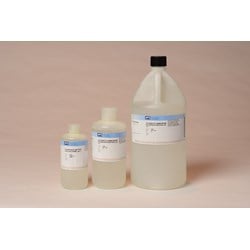

.jpg)
.jpg)



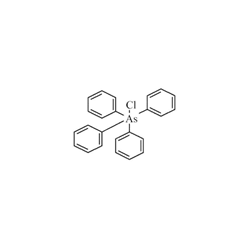









.jpg)
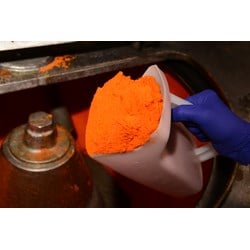
.jpg)



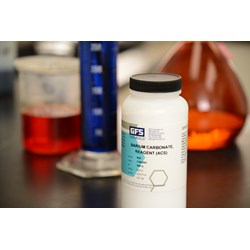

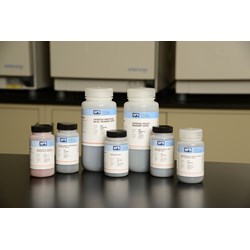



.jpg)
.jpg)
